Marvelous Masonry: The Castle of the Sinagua People
Words: Justin Stengel
Photos: David Byron Keener, Michael Paul Lindsey II, davelogan, 400tmax, Leigh Ann Speake, Stephanie Valentine-Sanchez, Sherry Epley, jhayes44, Dreamframer, JeffGoulden
In the heart of the Arizona desert lies a marvel of ancient architecture and cultural history: Montezuma Castle National Monument. Nestled within the lush greenery of Beaver Creek Canyon, this site stands as a testament to the ingenuity and resilience of the Sinagua people who inhabited the region over 600 years ago. With its well-preserved cliff dwellings and captivating natural surroundings, Montezuma Castle offers visitors a glimpse into the rich tapestry of America's past.
The centerpiece of Montezuma Castle National Monument is its namesake structure, Montezuma Castle. Despite its name, the castle has no direct connection to the Aztec emperor Montezuma. Rather, the name was given to the site by early European settlers who mistakenly believed it was associated with the famous ruler. This historic cliff monument is built into a limestone alcove towering over 100 feet above the valley floor, making it one of the most impressive and well-preserved ancient dwellings in North America.
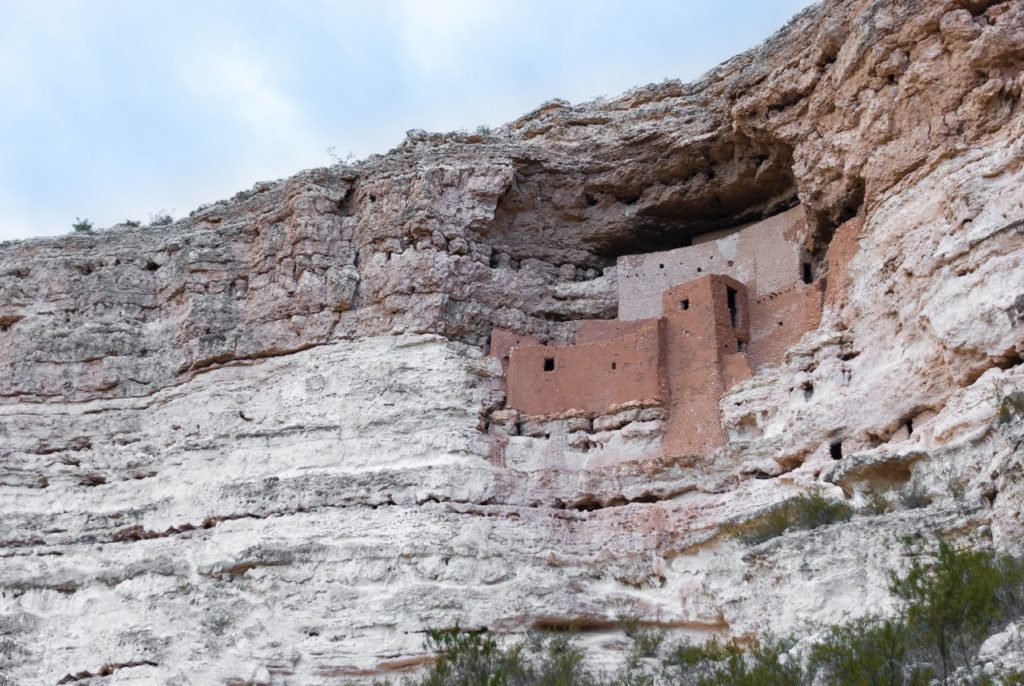
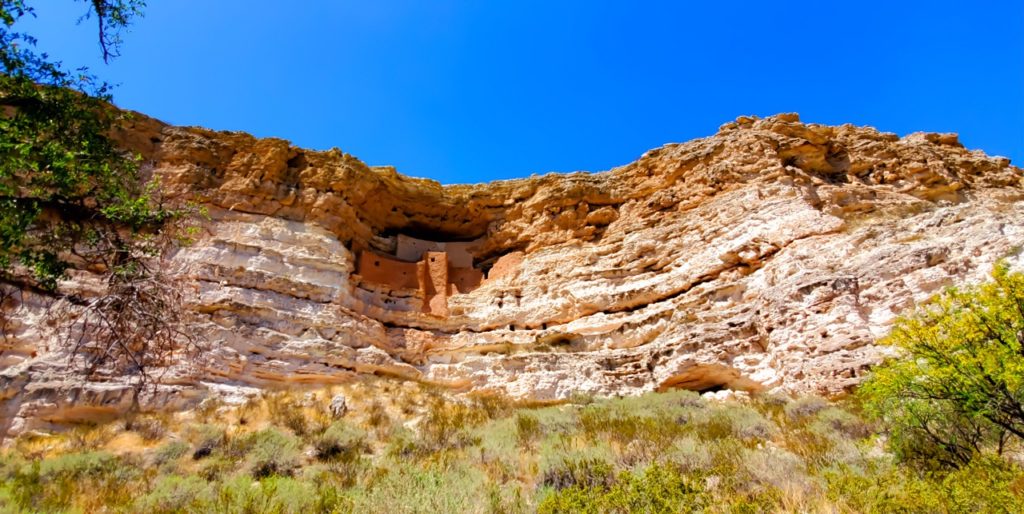
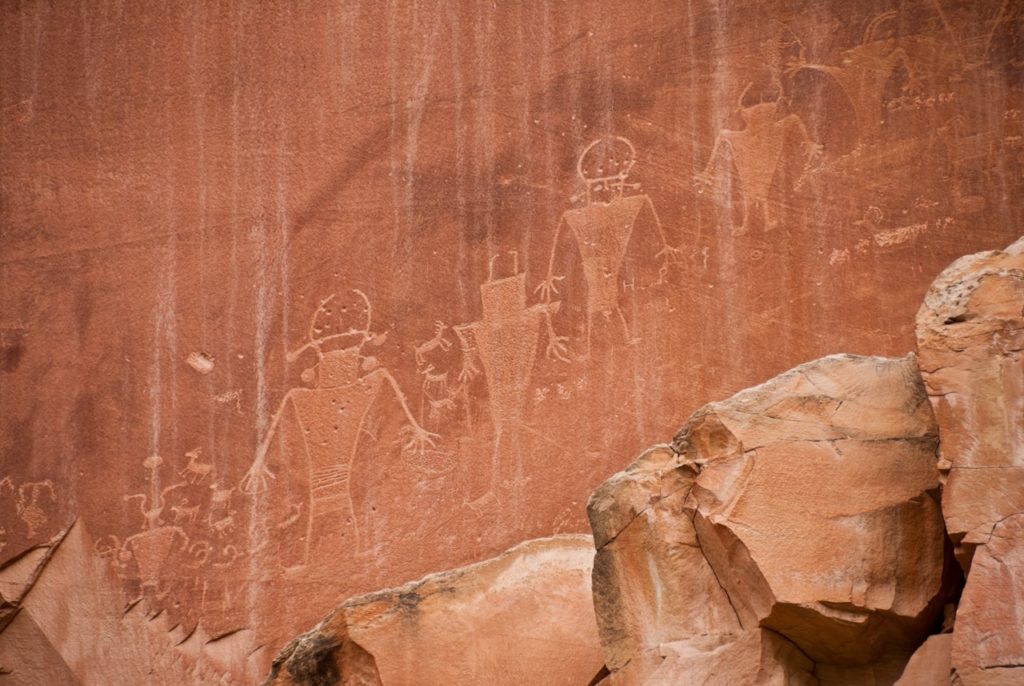
It is believed that the castle was originally built in the early 1100s and was inhabited by the Hohokam and later the Sinagua people until the Sinagua deserted the entire site around 1425. The structure, built almost entirely of limestone and mud mortar, consists of 5 stories in height with approximately 20 rooms on the inside. This shows as a contrary to what we originally thought about Native American life. It helps us understand that Native Americans liked a more stationary and settled-down lifestyle as opposed to the more migrational way of life we originally thought they preferred.
The construction of Montezuma Castle National Monument stands as a witness to the resourcefulness and craftsmanship of the Sinagua people. The primary building material used in the construction of Montezuma Castle is limestone. The towering limestone cliffs provided a natural foundation for the monument, while the soft, porous rock was easily carved and shaped into the indoor rooms and chambers that make up the structure. Limestone also offered excellent insulation, helping to regulate the temperature inside the castle year-round.
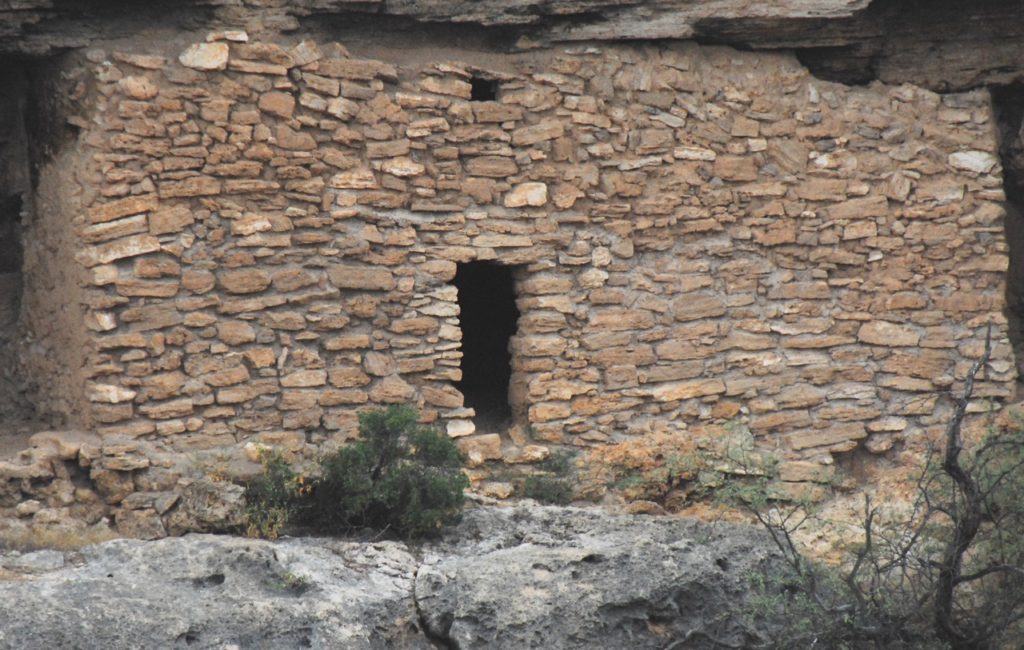
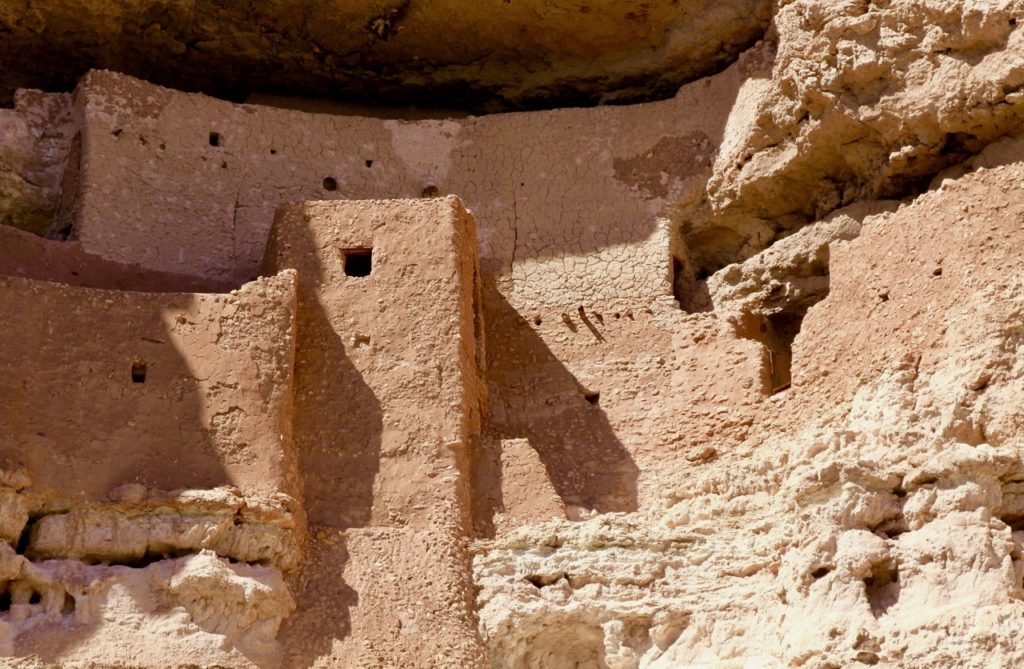
Montezuma Castle once served as a thriving community for the Sinagua people. Its 20 rooms provided shelter for an estimated 50 to 100 individuals, who farmed the fertile land along Beaver Creek and traded with neighboring tribes. The ingenious design of the castle allowed its inhabitants to take advantage of natural resources while protecting themselves from both the hot desert environment and potential threats from rival groups.
Today, visitors to Montezuma Castle National Monument can admire the ingenuity of the Sinagua people as they wander along the paved trail that leads to the base of the cliff. Along the way, interpretive signs provide insights into the history and culture of the ancient inhabitants, offering a deeper understanding of their way of life.
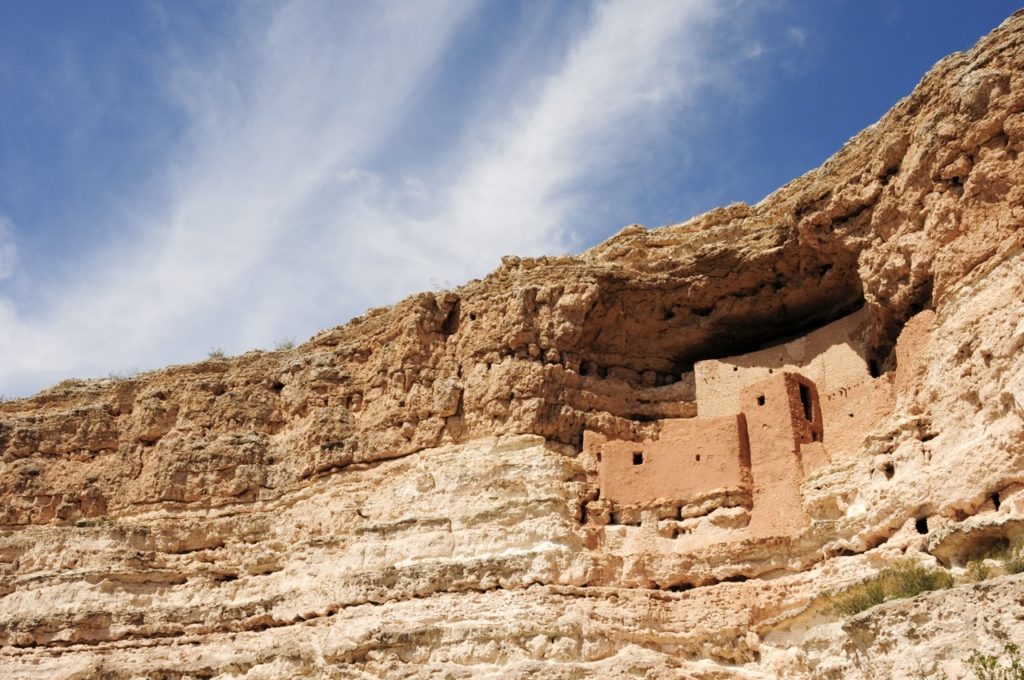
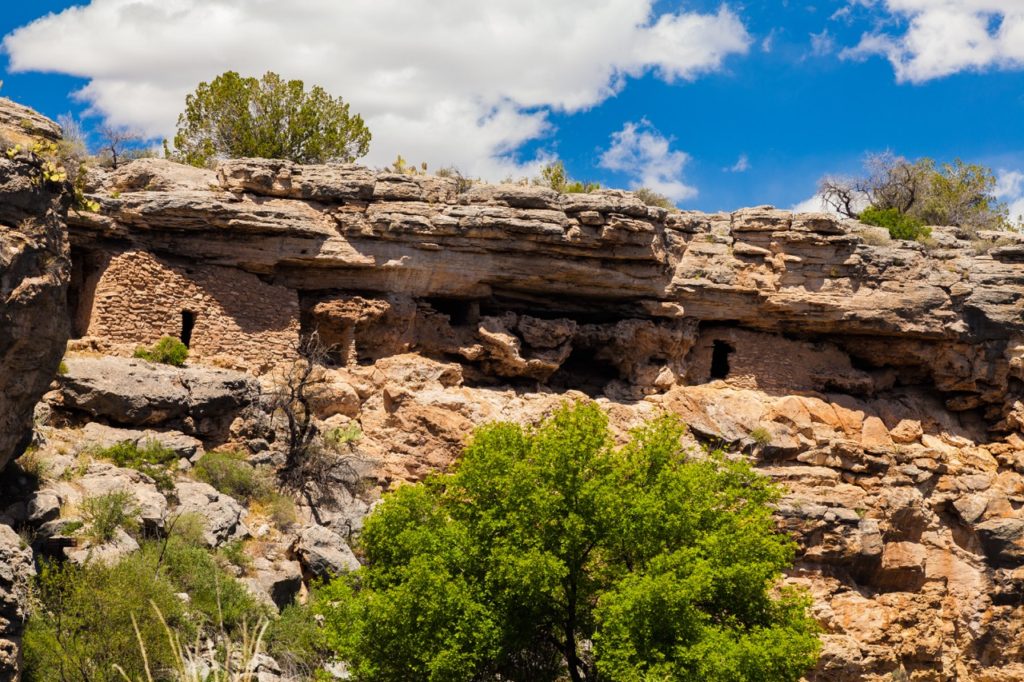
As visitors approach the castle, they can't help but be awed by the sheer scale of the structure. Standing at the base of the cliff, you might feel a sense of wonder and high regard for the people who built and inhabited this remarkable site so many centuries ago. Though access to the interior of the castle is restricted to protect its delicate structure, the views from below are no less breathtaking.
Montezuma Castle National Monument is more than just a tourist destination; it's a living museum dedicated to preserving the cultural heritage of the Southwest. The National Park Service works tirelessly to protect the site from the ravages of time and human impact, ensuring that future generations will have the opportunity to experience its wonders firsthand.
In addition to conservation efforts, the National Park Service also offers educational programs and interpretive tours designed to deepen visitors' understanding of the site's significance. From guided hikes to interactive exhibits, there are countless opportunities to learn about the history, archaeology, and ecology of Montezuma Castle and its surrounding area.